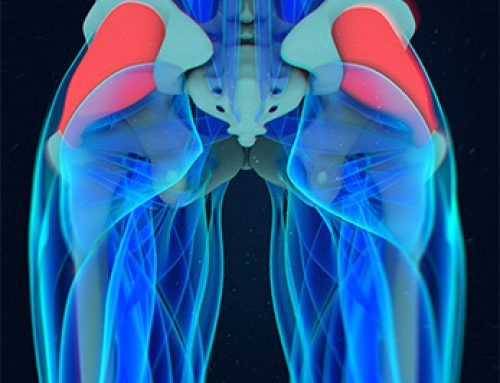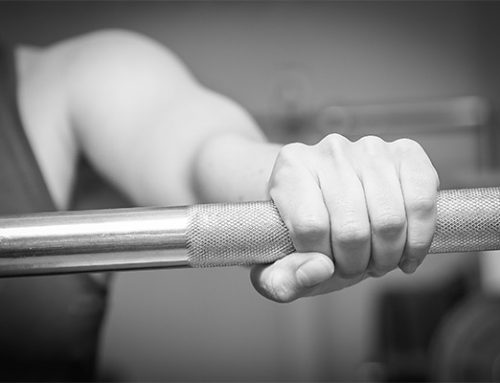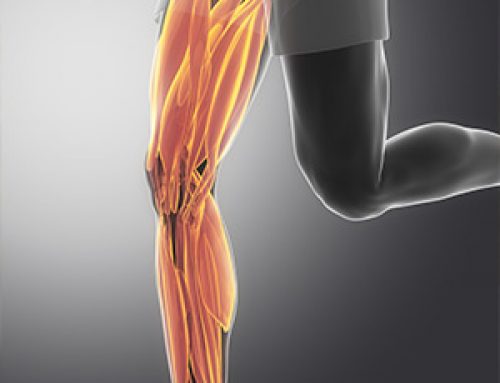The argument of superiority between yoga and Pilates purists is a longstanding one. Each group will vehemently debate the health benefits of their preferred exercise, but the fact of the matter is that they are different practices with different goals, benefits and risks. Read the list below, paying attention to the particular benefits that your desire, to make an informed decision about which practice is right for you.

Pilates Benefits
- Improves core strength to assist in everyday activities like sitting, standing and movement
- Tones muscles for a lean and cellulite-free appearance
- Increases flexibility and joint mobility to help with sports performance and everyday activities
- Improves balance, coordination and muscle control
- Helps prevent injury by building strong, resilient muscles that are less susceptible to tearing, tiring and dysfunction
- Can improve motor skills
- Corrects postural imbalances by providing strength to core support muscles in the back, neck and shoulders
- Improves overall fitness and endurance
- Improves core stability so you can sit, stand and move more comfortably
- Enhances overall wellbeing by keeping you fit, active and stimulating the release of exercise endorphins
- Improves breath awareness and control to bring energy to the muscles
- Can reduce back and neck pain by strengthening and stabilising core support muscles
- Can reduce pelvic pain and instability by strengthening and core muscles
- Improves pelvic floor strength/function to combat urinary incontinence, reduce pelvic girdle pain and help everyday activities like getting up from a chair
- Aids recovery and rehabilitation after injury or surgery by reconditioning muscles
- Can help prepare your body for the stresses of pregnancy by building up pelvic and abdominal strength
- Reduces risk of DRAM (abdominal separation) during pregnancy and childbirth
- May result in weight loss
- Classes are available in conjunction with your physiotherapy treatment
Yoga Benefits
- Improves core strength to assist everyday activities like sitting, standing and movement
- Tones muscles for a lean and cellulite-free appearance
- Increases flexibility and joint mobility to help with sports performance and everyday activities
- Improves balance, coordination and muscle control
- Helps prevent injury by building strength and flexibility in muscles
- Can improve motor skills
- May help correct postural imbalances by increasing strength and flexibility in back, neck and shoulders
- Improves overall fitness and endurance
- Can improve core stability so you can sit, stand and move more comfortably
- Enhances overall wellbeing by keeping you fit, active and stimulating the release of exercise endorphins
- Improves breath awareness and control to aid in relaxation
- Reduces intensity and frequency of hot flashes
- Lowers stress levels
- May help relieve symptoms of depression and anxiety
Pilates Disadvantages
- Only mild cardio workout
- Low chance of weight loss unless doing high intensity classes several times per week
- Some clinical Pilates require machinery
- Meditation is not a focus
- Spirituality is not a focus
Yoga Disadvantages
- Only mild cardio workout
- Low chance of weight loss
- Can cause joint instability in hyper-flexible joints
- Is not recommended in treatment of injuries
- Strength is not a focus
Reaching optimum health is not about choosing the best method, but choosing the best method for you. To book into one of our Pilates classes, call the team at Aim Physiotherapy Adelaide on 08 8331 1557 today.



